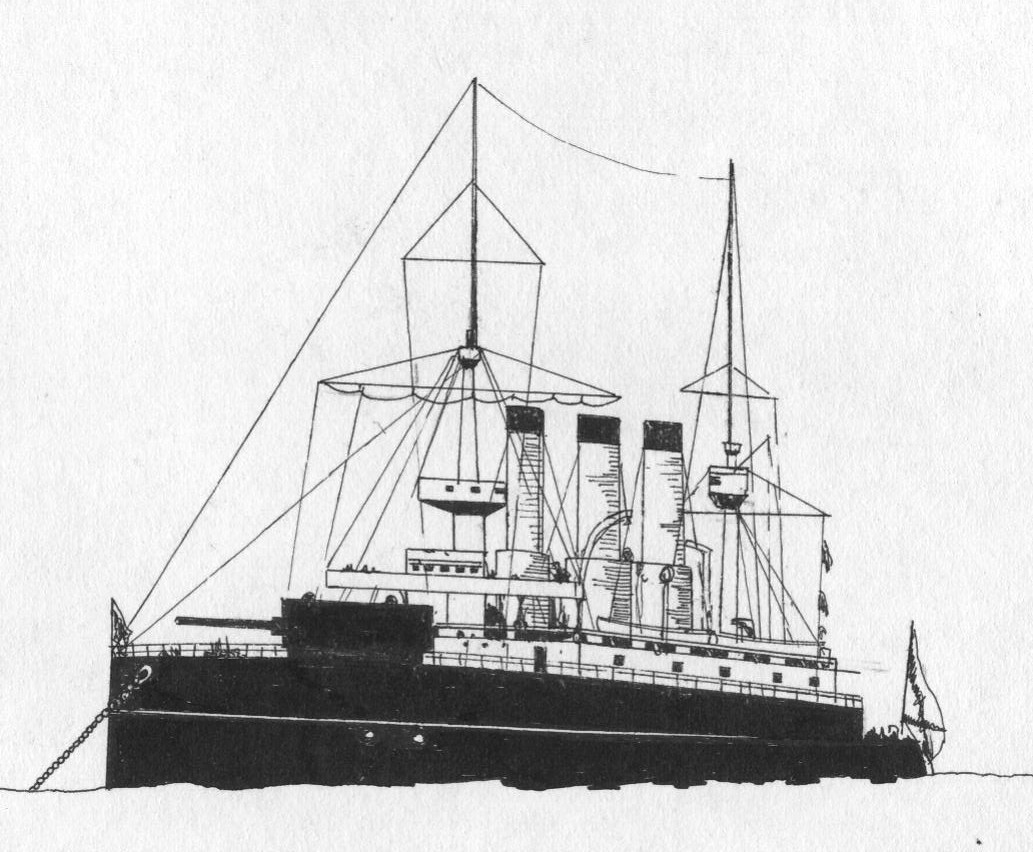Translate
Friday 21 October 2016
Russian battleship Potemkin threatened to bombard Theodosia, Crimea according to the Dutch newspaper Het nieuws van den dag voor Nederlandsch-Indië dated 7 July 1905
An item dated St. Petersburg, Russia 6th reported that the Russian battleship Potemkin (1) arrived at Theodosia, Crimea and asked for coal, victuals and a doctor. Her crew again stated that she was in war with all Russian ships. The town council was ordered to supply 500 ton coal, victuals, tobacco and so on. If not delivered within 24 hours threaten the mutineers to bombard the town. The burgomaster was ordered to spread among the citizens a proclamation that the war was to be ended and to convoked the Zemstvos in which the people was asked to join the revolution. The citizens in the meanwhile fled in panic. The town council decided to deliver the victuals, but not the coal while there was apparently no coal in the town available. A second item reported that the town council ordered the citizens to go with just the police and troop staying behind. In the morning approached a boat with mutineers the shore but was welcomed with riffle fire killing 2 men. The Potemkin fired one gun without damaging the town and went to the outer roads. A day earlier was a Russian merchant ship seized and the cargo consisting of cattle and victuals including the money on board captured. The merchant shipping on the Black Sea in the meantime stopped.
Note
1. Pre-dreadnought battleship Kniaz Potemkin Tavricheskiy, renamed 1905 Panteleimon, renamed 1917 Potemin-Tavicheskiy and renamed 1917 Borets za Svobodu. Laid down at the Nikolaev Admiralty Shipyard on 10 October 1898, launched in 9 October 1900, completed in 1905, obsolete by 1915, reserve at Sevastopol and decommissioned in March 1918, captured by Germans in May 1918, handed over to Allies in November 1918, machinery destroyed by British to prevent of the Bolsheviks in 1919, out of service on 19 April 1919, left behind by the White Russians when they left the Crimea in 1920, broken up in 1923 and not earlier officially stricken as on 21 November 1925. Crew numbered 731 men (included 26 officers). Armament consisted of 2x2-30,5cm/12” guns, 16x1-15,2cm/6” guns, 14x1-7,5cm/3.0” guns, 6x1-4,7cm/1.9” guns and 5-38,1cm/15” torpedo tubes.

